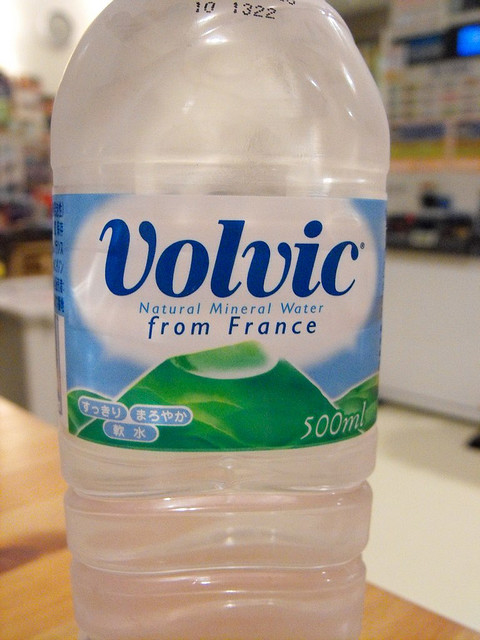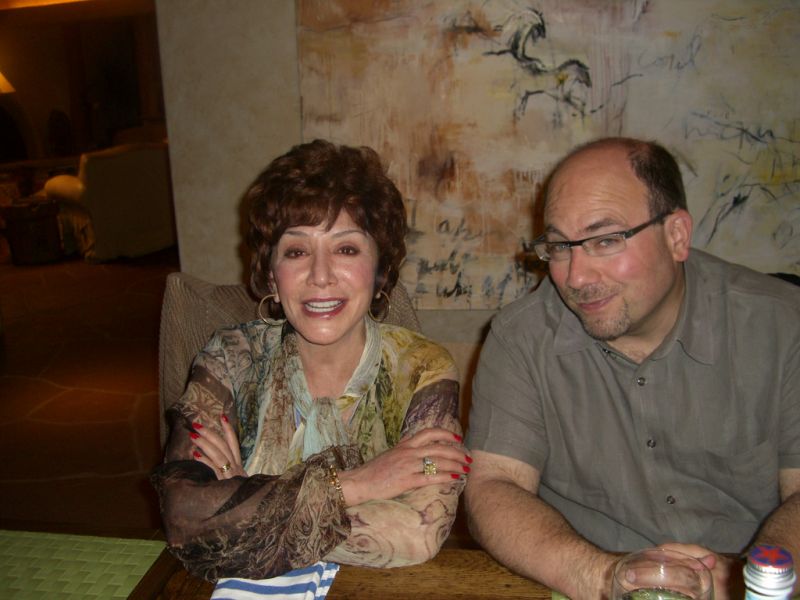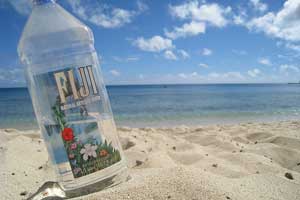
AlexBClark/<a href="http://www.flickr.com/photos/37072792@N06/4292188381/sizes/z/in/photostream/">Flickr</a>
For many years, people have been told they should drink eight eight-ounce glasses of water a day. That’s 64 ounces, or nearly 2 liters. This week, Scottish practitioner Margaret McCartney is calling it “thoroughly debunked nonsense” in the current issue of the British Medical Journal.
McCartney took on medical claims disseminated by Hydration for Health, a water-pushing health organization created by the company that owns Volvic and Evian. McCartney wrote that she did not see any high-quality scientific literature provided by Hydration for Health proving drinking so much water was essential. In fact, she found evidence that mental performance suffers when people drink more water than they’re thirsty for. “In other words, there is still no evidence that we need to drink more than we naturally want, and there may be unintended harms from an enforcement to drink more water,” McCartney wrote.
While McCartney didn’t see evidence backing up the 2-liter-a-day rule, she did see bottled water companies pushing the “water=health” idea to sell more of their products. As McCartney wrote on her blog: “The bottled water industry is pushing the idea that we should drink more than we normally would with the promise of health benefits, and I don’t think there are any. That’s all. And I would recommend tap rather than bottled water: cheaper, and far better for environment.” The bottled water companies were not happy with McCartney’s attitude. In response, the European Federation of Bottled Waters wrote a letter to BMJ about McCartney’s article and cited a recommendation that “at least two liters of water should be consumed per day.”
The British National Health Service still recommends that everyone drink “six to eight glasses” a day, but in the US, the Mayo Clinic’s site says that the eight eight-ounce glasses of water a day “isn’t really supported by scientific evidence” and that “if you drink enough fluid so that you rarely feel thirsty” and produce enough clear or light yellow urine a day, you should be fine.















